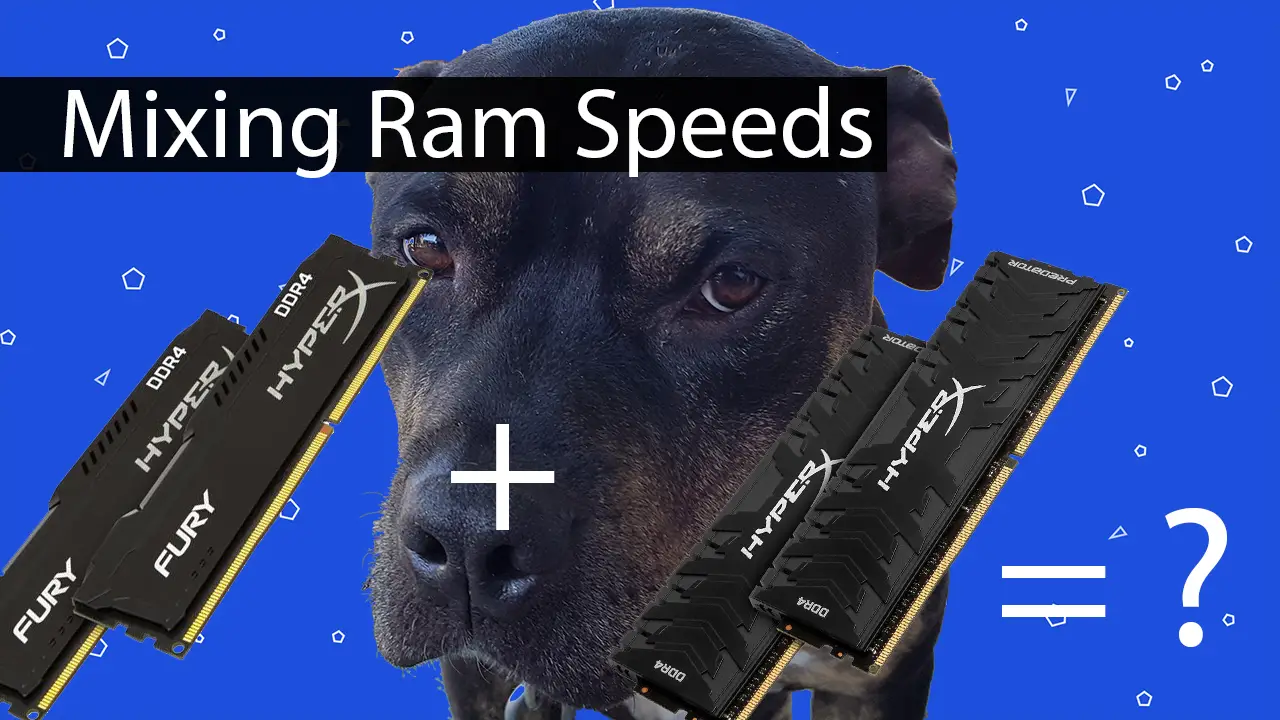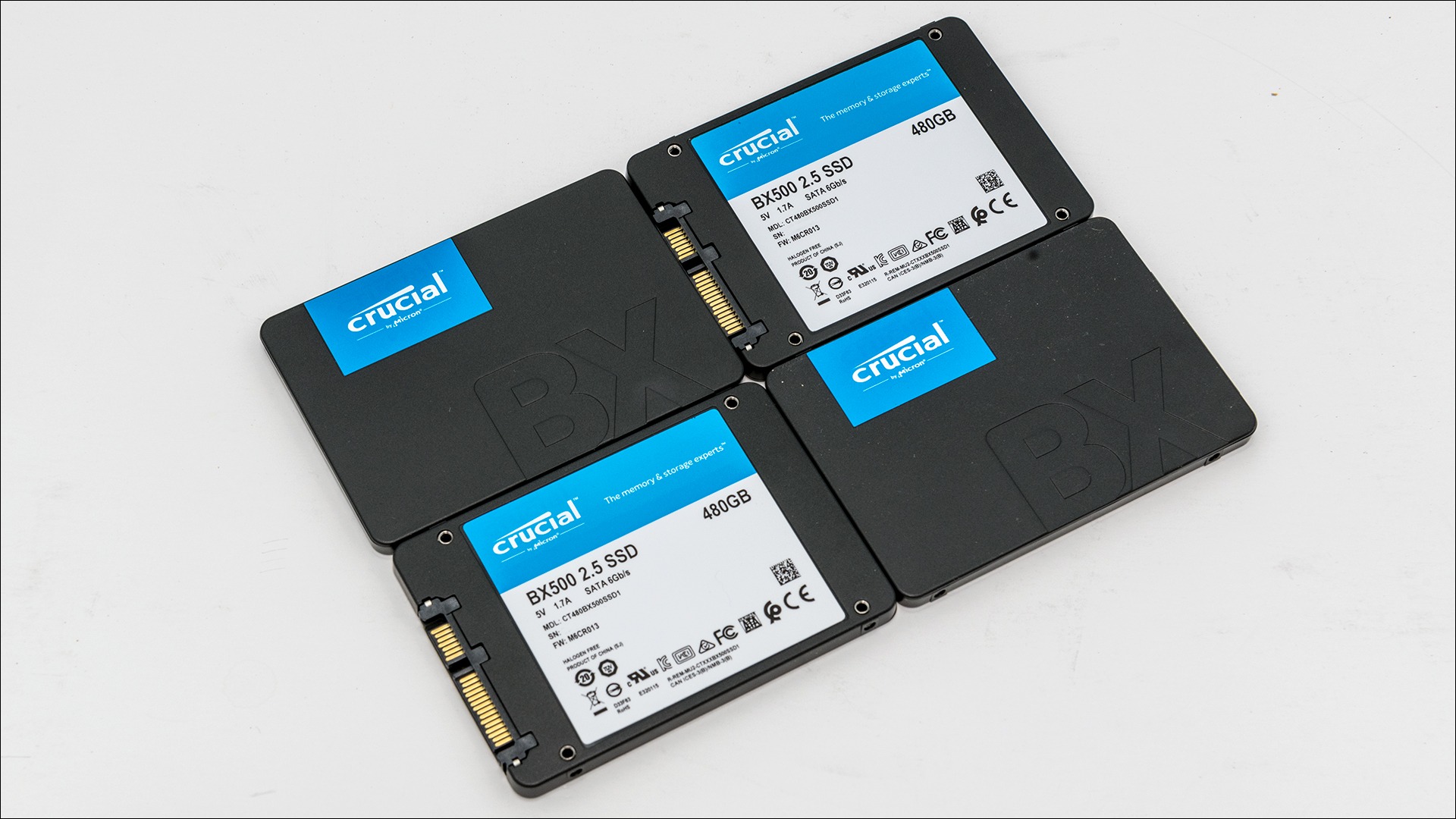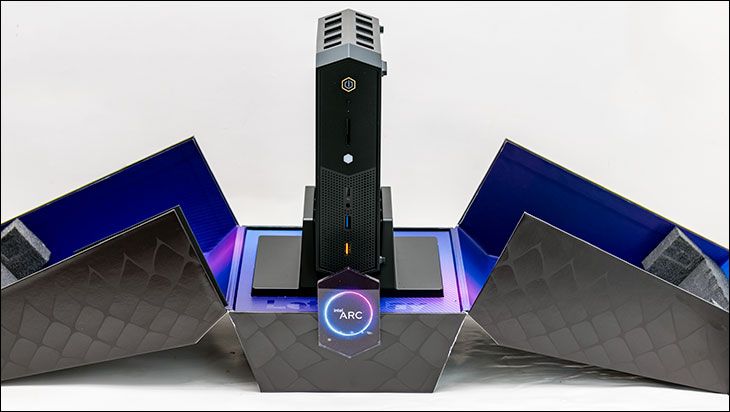So is mixing and matching DDR4 RAM a ‘good idea’? Well that depends on how you define ‘good’. Is it an optimal solution? No. Will it work… probably yes. Will it be a simple endeavor, one that is as easy as using four paired sticks of RAM? No. It’s not impossible but you will have to be proactive and take steps to ensure that they work.
Assuming you do all the steps laid out in this article and it works – and there is no guarantee it will – the next thing you have to consider is the performance impact. Specifically, the loss of performance that comes along with ‘underclocking’ the new higher performance RAM. The amount of performance you will lose will vary greatly depending on how far down the scale you have to go in order to get it to work. Be aware that no matter how close you get things to the rated specifications, the new ram will always be slower than what you paid for and will not be living up to its potential.
There are two ways of looking at this loss. On the one hand you will be overpaying for the performance you get – and should have purchased cheaper ‘lower performance’ RAM to start with; however on the other you will still have paid less than if you have purchased twice the amount of slower ram in the first place. After all you have already previously paid for the original set of RAM that you were just going to throw out. More importantly, this loss really is not that great as RAM itself is so fast that few will notice the difference, but everyone will notice the additional capacity. This is why our motto is ‘capacity beats performance’ when it comes to choosing RAM in the first place.
The next thing you have to consider is the longevity of the older set of RAM. Just because you get it to work does not mean that it will not cause issues down the road with regards to a stick of old RAM ‘dying’. This is because, in many cases the only way to get the old set to work with the new is to not only underclock the new but overclock the old. Overclocking does decrease lifespan. We cannot tell you much shorter its lifespan will be, but most likely it should last longer than the entire system – as 1.35v is not that big a deal. It is however not a guarantee and is another factor you should seriously consider before undertaking such an endeavor.
When you add up all the possible negatives with the real-world negatives there is a strong case to not even bother with mixing and matching old with new RAM. There is however a lot to be said for taking the risk on making it work as you can always add in more ‘new’ RAM later if things do not go the way you had hoped. As such while we would not suggest such an option to a novice we personally have done it many times and recommended trying it to many advanced PC builders who have the experience and knowledge to make it work.
In either case you should now have a better understanding of the ins and outs of mixing RAM and when, and why, it could/should be tried. We hope you have learned something and maybe even picked up a few tips or tricks on the proper methodology for making ‘it’ work.











